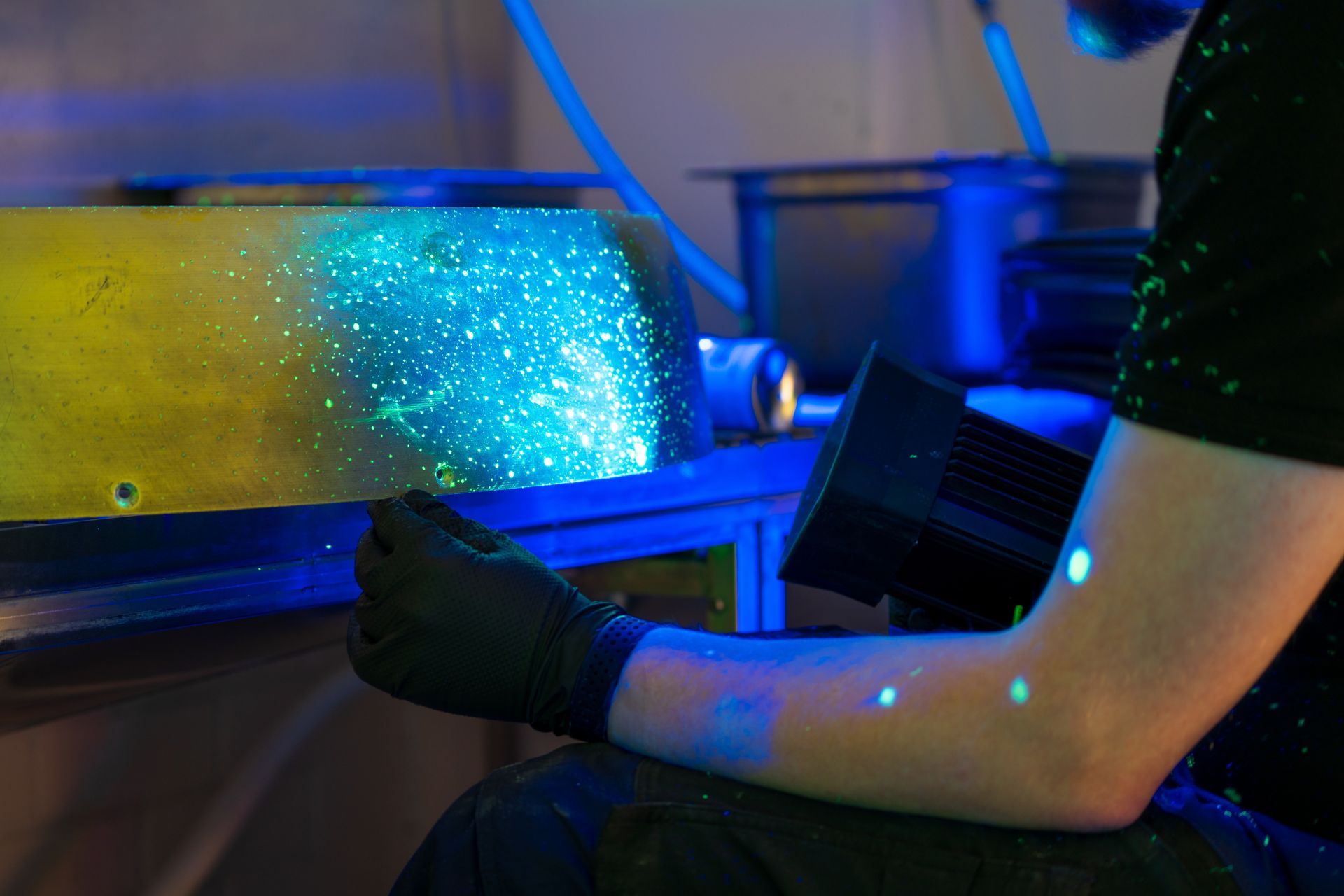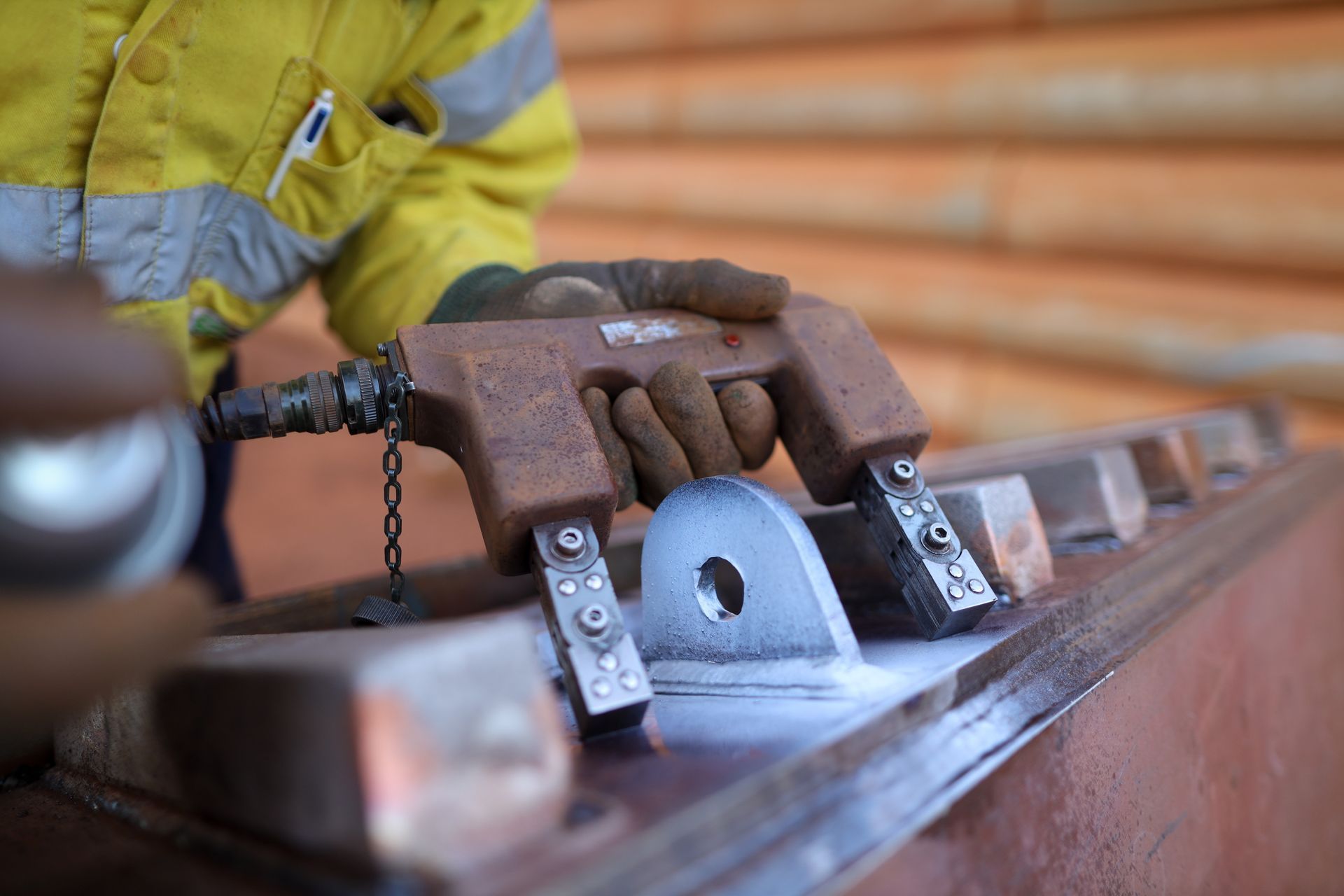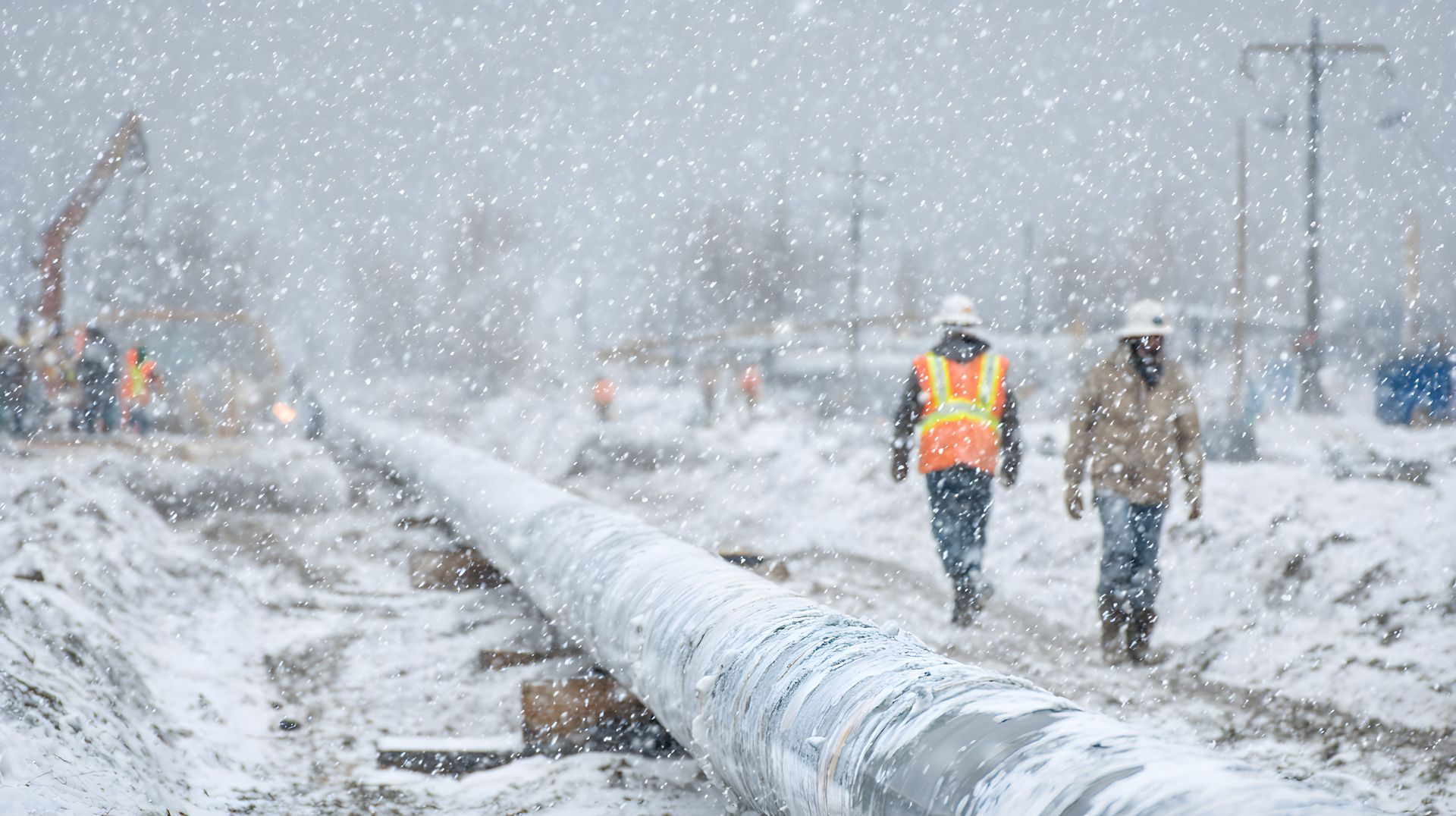Ground Penetrating Radar Utility Mapping
December 9, 2021
One of the major uses of Ground Penetrating Radar is to locate most utility lines, big or small. This is not only to find them in case of repairs, but also for construction site digs so that they are mapped out and easily avoided to avoid unnecessary damage which, in turn, avoids unnecessary costs.
Utilities GPR Can Locate
Communications and Data Lines – Whether in a residential or commercial setting, it is highly recommended that these utilities are located to prevent unnecessary downtime and unnecessary costs. Communication and Data lines include, but are not limited to, phone lines, high speed internet lines, cable television lines, and the like.
Gas, Water, and Sanitary Lines – Even more important than communication and data lines, all sorts of gas, water, and sanitary lines are able to be located with the correct equipment. Successful mapping of these lines will ensure that digs can be made in the correct areas to make necessary repairs, or so that these lines can be avoided altogether to avoid damage. As you know, if one of these lines is hit during a dig, thousands of dollars in repairs could be the result.
GPS Mapping of Utilities Located
Once said utilities are located underground using GPR equipment, a GPS unit is able to be attached to the unit itself. Using the most groundbreaking software, it is possible to map out the utilities. Once these utilities are mapped out, not only can specific coordinates be provided, but a mapping system compatible with Google maps is also possible.





